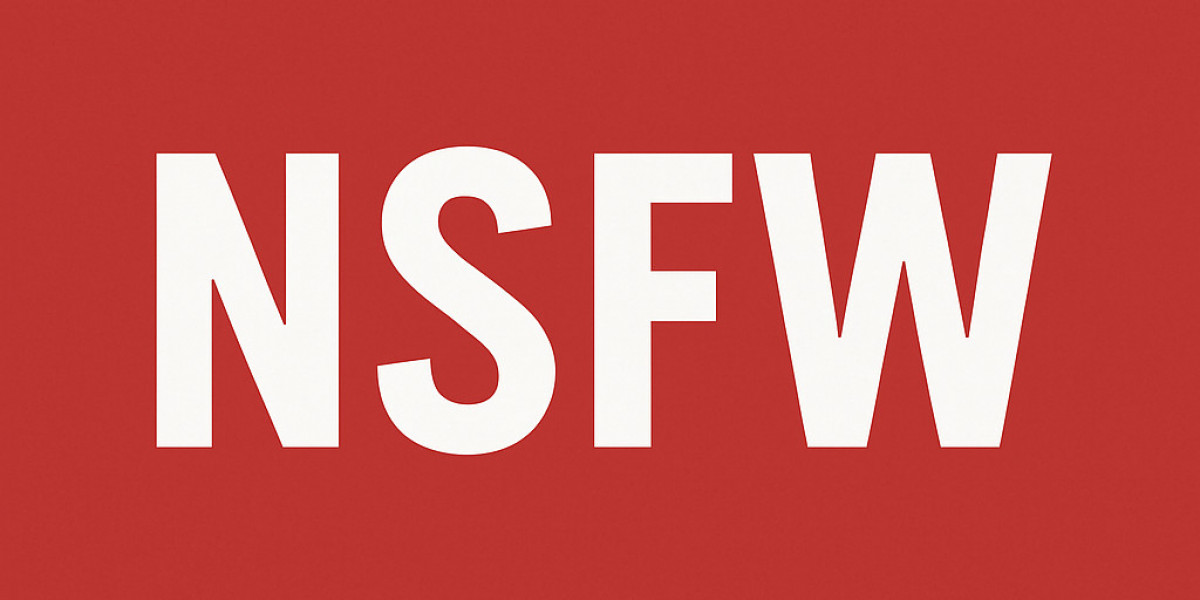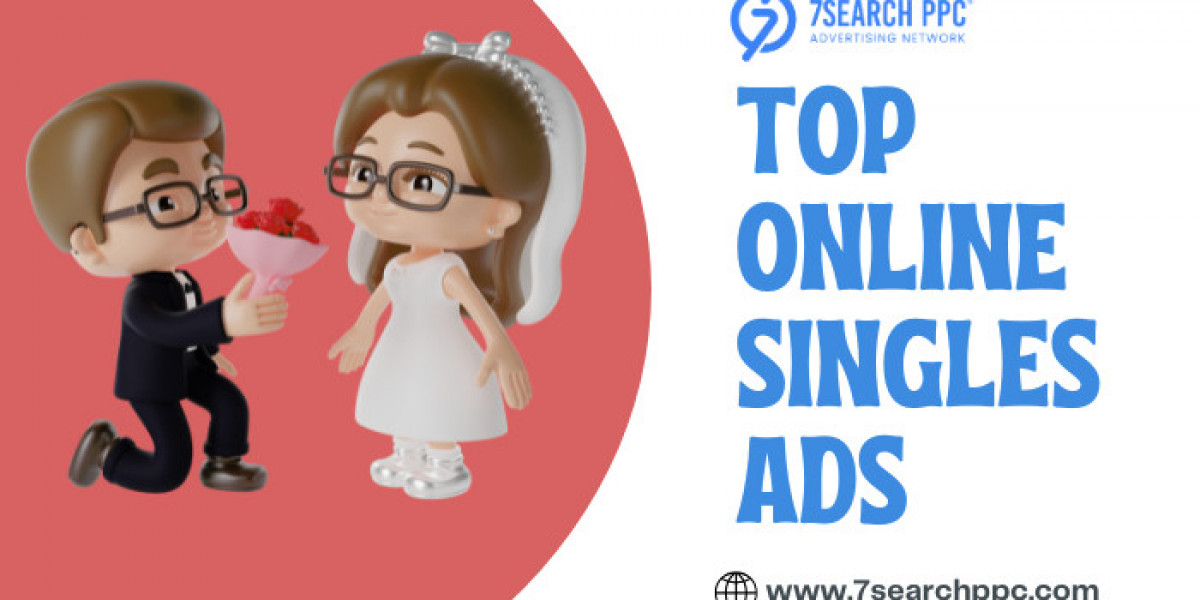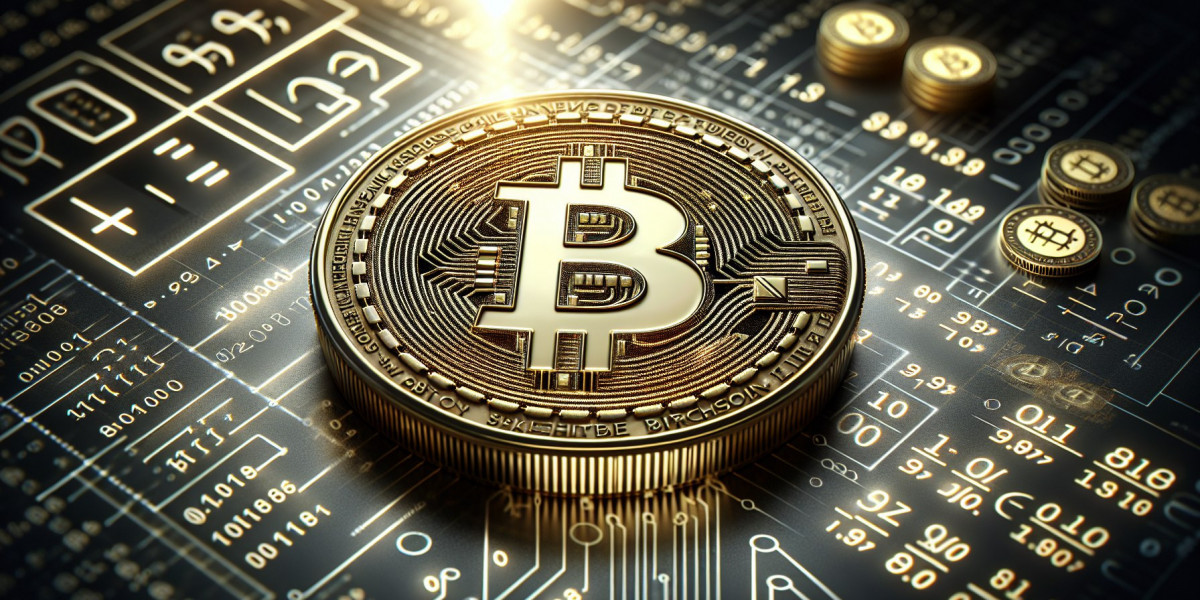You’ve probably seen the term “NSFW” pop up online maybe in a chat, an email subject, or on a social media post. It stands for “Not Safe For Work,” and it's a quick warning that the content might not be suitable to view in public or professional settings. I remember the first time I came across it in a group chat—I had no clue what it meant. At first, I thought it was just another bit of internet slang. But over time, I figured out that it usually points to stuff like explicit images, strong language, or anything you probably wouldn’t want popping up on your screen while you’re at work or around others.
The Core Meaning of NSFW
NSFW stands for “Not Safe For Work.” It’s used to label content images, videos, articles, or even links that someone wouldn’t want to open in a professional setting. Typically, this includes sexually explicit material, graphic violence, or offensive language. While the workplace context is the most common reference, the term has also come to cover schools, public places, and shared living spaces.
They started using NSFW labels on forums like Reddit, Tumblr, and even on YouTube thumbnails to give people a fair heads-up before clicking. In this way, it became a shared courtesy across digital communities.
Why NSFW Labels Matter
In an age where we constantly consume media on smartphones and laptops, boundaries between personal and professional spaces have become blurred. Someone scrolling through their feed during lunch at work might come across content flagged as NSFW. If the warning is ignored, there can be embarrassing or even career-threatening consequences.
Still, the tag isn't just about embarrassment. It's also about consent and context. Not everyone wants to view sexually suggestive or violent material without warning. For that reason, the NSFW label serves as a digital boundary, giving people the choice to opt out.
How NSFW Evolved Across Platforms
Initially, NSFW was used mainly in forums and private chats. But over the years, mainstream platforms adopted it. Twitter, Reddit, Discord, and TikTok all have some form of content labeling that functions like NSFW. On Reddit, for example, entire subreddits are marked as NSFW, requiring users to confirm their age before entering.
In comparison to earlier internet days, the content filtering systems have grown more advanced. They use algorithms and human moderators to manage NSFW content, especially to keep younger audiences safe. Likewise, creators are expected to self-label their content when uploading media that could be offensive or explicit.
NSFW in the AI Age
Recently, I noticed that artificial intelligence tools have started interacting with NSFW content in unique ways. There are tools that allow users to generate content automatically, and this includes NSFW material. For instance, the rise of AI sex chat platforms reflects how demand for adult content has entered a new phase. These AI chatbots simulate erotic conversations in real time, raising discussions about digital intimacy and ethical boundaries.
In the same way, the availability of nsfw image generator tools has changed how explicit visual content is produced. Instead of relying solely on human creators or photographers, people are turning to AI to generate custom images based on prompts. Admittedly, this development has raised concerns about consent, authenticity, and copyright especially when the outputs mimic real people or celebrities.
What’s notable is how these AI platforms now require users to acknowledge their age and agree to terms before accessing NSFW features. Some even provide content filters to avoid unintentional exposure. So, even within this futuristic space, the NSFW label remains relevant.
Where AI Marketing Meets NSFW Boundaries
There’s another angle to this discussion that often gets overlooked AI Marketing. Brands that operate in adult entertainment or adult tech have begun incorporating NSFW content into targeted campaigns. While this might sound controversial, it's a growing industry segment.
Companies marketing products like AI-powered adult toys, interactive virtual companions, or erotic games often use suggestive language, images, and demonstrations. However, they’re cautious to add NSFW tags or disclaimers in their campaigns. This not only keeps them compliant with advertising regulations but also helps them reach the correct audience.
Clearly, AI marketing in the adult niche requires balancing visibility with responsibility. Not only does it influence how content is presented, but also how it's perceived in broader society. Meanwhile, platforms like Google and Meta impose strict guidelines that make NSFW-tagged promotions more complicated. So, brands must navigate these restrictions carefully.
Real-World Examples and Cultural Context
Let’s not forget how NSFW is also influenced by cultural attitudes. What one country deems inappropriate might be acceptable in another. For example, images considered artistic in some regions might be censored elsewhere. Thus, NSFW content isn’t just about what’s graphic, but also what’s socially acceptable.
I recall an incident where a museum exhibit featuring nude sculptures was flagged NSFW when shared online. Although it was educational, platforms treated it as adult content. This shows how context can be lost in algorithmic judgments. As a result, creators and viewers alike are often left confused about what qualifies as NSFW.
The Future of NSFW Labeling
Eventually, I think we’ll see more personalized filters powered by machine learning, where users can decide their own NSFW boundaries. Instead of a one-size-fits-all approach, content could be sorted into nuanced categories like “mild,” “suggestive,” or “explicit.” This would allow people to make informed choices based on comfort level.
Still, there will always be debate about where the line should be drawn. And with the expansion of AI in art and communication, these conversations are becoming more complex. The rise of virtual influencers, deepfakes, and AI-generated personas adds a new dimension to what NSFW even means.
How Users Can Stay Informed
We have tools now to help people filter their digital experience. Content warning features, browser extensions, parental controls, and even social media settings can be adjusted to block or allow NSFW material. Despite these options, many users are unaware of them, which increases the risk of accidental exposure.
So, one simple step we can take is to read the tags, especially when downloading apps, joining Discord servers, or browsing unfamiliar websites. Similarly, creators should tag their own work properly to help others make informed choices.
Why Awareness Is Crucial
Were you not aware of this before? If NSFW seems like just another meaningless acronym, that’s where misunderstandings begin. It’s not about censorship or moral judgment it’s about control, choice, and respect for digital spaces. Especially as we mix our personal and professional lives on the same devices, such warnings are more necessary than ever.
We all play a part in making online platforms more navigable. By being clear about what content we share and consume, and respecting others’ boundaries, we build safer communities—even when the topics get intimate, graphic, or controversial.
Conclusion
In digital culture, NSFW is more than just a label it’s a courtesy, a caution, and sometimes even a safeguard. Whether it’s a social post, an AI-generated image, or a marketing campaign, tagging content appropriately helps people choose what they want to engage with. As the lines between personal and public content continue to blur, being aware of what NSFW really means helps us interact online with more respect, confidence, and clarity.








